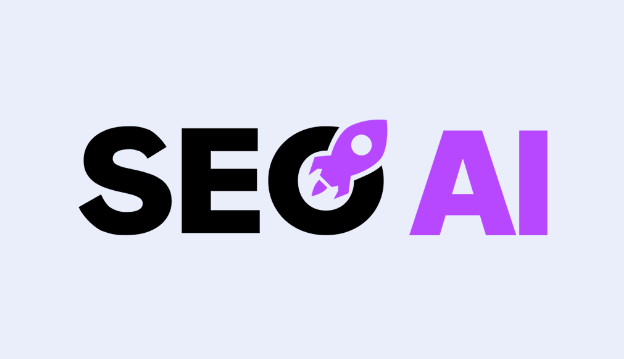Many people believe that Google hates AI content, citing their spam policies as evidence. However, the keyword "spammy" is often overlooked. In reality, Google loves AI content when it's used to improve clarity and user experience. In this article, we'll prove it by ranking #1 on Google using AI content.

The Challenge
Our goal is to rank #1 on Google for a specific keyword using AI content. We'll start with a keyword that has a Featured Snippet, which requires ranking in the top 10 for that keyword. We'll use Ahrefs' Webmaster Tools to find Featured Snippet opportunities and then optimize our content using ChatGPT.
Finding Featured Snippet Opportunities
We logged into Ahrefs' Webmaster Tools and set filters to find Featured Snippet opportunities. After a minute of work, we had over 7,000 keywords to choose from. We then selected 10 keywords to target and created a set of rules to follow:
-
Rule #1: Our blog post needs to be a good match for the query.
-
Rule #2: The page that owns the snippet has to have a similar or higher level of authority than our website.
-
Rule #3: Our pages can't have ranked recently in the Featured Snippet for an extended period of time.
Optimizing Content with ChatGPT
We used ChatGPT to optimize our content for the selected keywords. However, we quickly realized that a single prompt wasn't enough to produce high-quality content. We needed to add context and expectations to the conversation.
We discovered that defining a system role, like a helpful assistant, adds context and expectations to the conversation. We then asked ChatGPT to outline the criteria for a good Featured Snippet, which included:
-
Definition snippets
-
List snippets
-
Table snippets
-
And more
Rewriting Definitions with ChatGPT
We gave ChatGPT our target keyword, the content from the snippet, and the entire page's content for additional context. We then asked it to rewrite the definition to be better than the existing one, using the 7-point criteria we established.
After rewriting the definitions for 9 keywords, we submitted them to Google Search Console for indexing. We then waited for the results. Two days later, we saw a noticeable bump in our share of voice for the featured snippet keywords. We eventually won the Featured Snippet for "SEO vs SEM" and held the #1 position for over a month.
The Power of Updating Dates
We discovered that updating the last updated date on our posts triggered a system that helped us rank higher. This is a crucial step that many SEOs overlook.
Proving the Point
To prove that the ranking increase came from the AI content and not from an algorithm update, we switched back to the original human-written content. Within hours, we lost the Featured Snippet for "SEO vs SEM". This experiment proved that the AI content was superior to the human-written content.
Google loves AI content when it's used to improve clarity and user experience. By using AI tools to create high-quality content, we can increase our chances of ranking #1 on Google. However, it's essential to remember that AI content should be used to augment human effort, not replace it.
